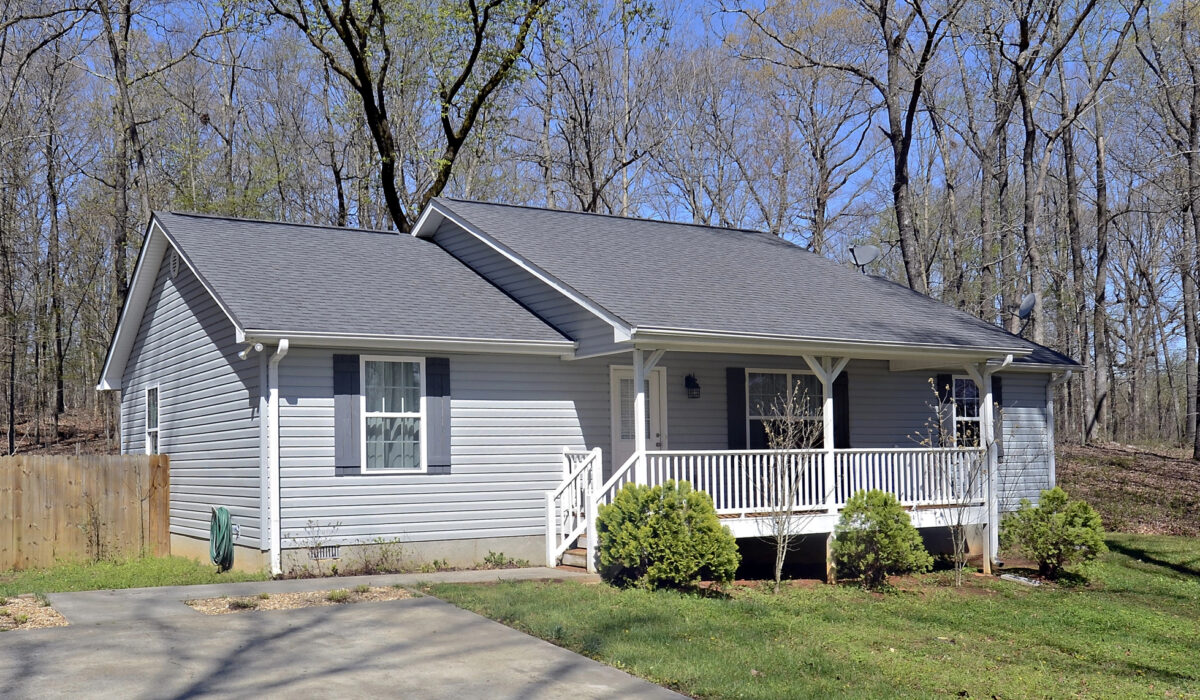How Siding Impacts Home Insulation and Energy Efficiency
Homeowners often seek ways to improve their home’s energy efficiency, comfort, and overall value. While windows, doors, and roofing are common targets for energy-saving upgrades, siding is frequently overlooked despite its significant role in insulation and energy performance. In this blog, we’ll explore how siding impacts home insulation, the types of insulated siding available, and why it’s a wise investment for homeowners.
The Function of Siding in Insulation
Siding acts as a barrier between your home and the outside elements, protecting against wind, rain, snow, and extreme temperatures. This outer layer plays a crucial role in insulating the home, reducing energy loss, and maintaining a stable indoor temperature. Quality siding helps minimize the transfer of heat into and out of the home, enhancing overall energy efficiency.
Types of Insulated Siding
Several types of siding materials can be used to improve a home’s insulation. Here are the most popular options:
1.Vinyl Siding with Insulation: Insulated vinyl siding has a foam backing that increases its R-value, which measures the material’s resistance to heat flow. This type of siding is popular for its durability, low maintenance, and improved thermal performance.
2.Fiber Cement Siding: Fiber cement siding is known for its strength and resistance to various environmental factors. When paired with foam insulation, it provides excellent thermal resistance, making it a durable and energy-efficient choice.
3.Wood Siding with Insulation: Traditional wood siding can be enhanced with foam insulation to improve its insulating properties. This combination offers a classic aesthetic while boosting energy efficiency.
4.Metal Siding with Insulation: Metal siding, such as aluminum or steel, can also be insulated with foam backing. This type of siding provides excellent protection against the elements and enhances thermal resistance, reducing energy loss.
Benefits of Insulated Siding
Investing in insulated siding offers numerous benefits for homeowners:
1.Improved Energy Efficiency: Insulated siding reduces the amount of heat that escapes from your home in the winter and prevents heat from entering during the summer. This helps maintain a comfortable indoor temperature year-round, reducing the need for heating and cooling.
2.Cost Savings: By improving your home’s energy efficiency, insulated siding can lead to significant savings on your energy bills. Over time, the reduction in energy costs can offset the initial investment in insulated siding.
3.Enhanced Comfort: Proper insulation helps eliminate cold drafts in the winter and keeps your home cooler in the summer. This results in a more comfortable living environment for you and your family.
4.Noise Reduction: Insulated siding can also act as a sound barrier, reducing the amount of external noise that enters your home. This is particularly beneficial if you live in a noisy neighborhood or near a busy road.
5.Environmental Impact: By reducing energy consumption, insulated siding helps lower your home’s carbon footprint. This makes it an environmentally friendly choice for homeowners who are conscious of their impact on the planet.
Installation and Maintenance
The effectiveness of insulated siding depends largely on proper installation. Even the highest quality siding will not perform well if it is not installed correctly. It’s crucial to hire experienced professionals who understand the intricacies of siding installation. Proper sealing and weatherproofing are essential to prevent air leaks and ensure optimal insulation.
Maintenance is also key to preserving the benefits of insulated siding. Regular inspections and cleaning can help prevent damage and maintain the siding’s insulating properties. Addressing any issues promptly can extend the lifespan of your siding and keep it functioning effectively.
Financial Incentives
Many regions offer financial incentives for homeowners who invest in energy-efficient home improvements, including insulated siding. These incentives can come in the form of tax credits, rebates, or grants, making the investment more affordable. Homeowners should check with local and federal programs to see what incentives are available in their area.
Conclusion
Siding plays a vital role in a home’s insulation and energy efficiency. Investing in insulated siding can lead to improved energy performance, cost savings, enhanced comfort, and reduced environmental impact. Whether you choose vinyl, fiber cement, wood, or metal siding, adding insulation is a smart move that benefits both your home and the planet.
For homeowners looking to make their homes more energy-efficient, insulated siding is a wise investment that pays off in multiple ways. By understanding the impact of siding on home insulation, you can make informed decisions that enhance your home’s value, comfort, and sustainability.

